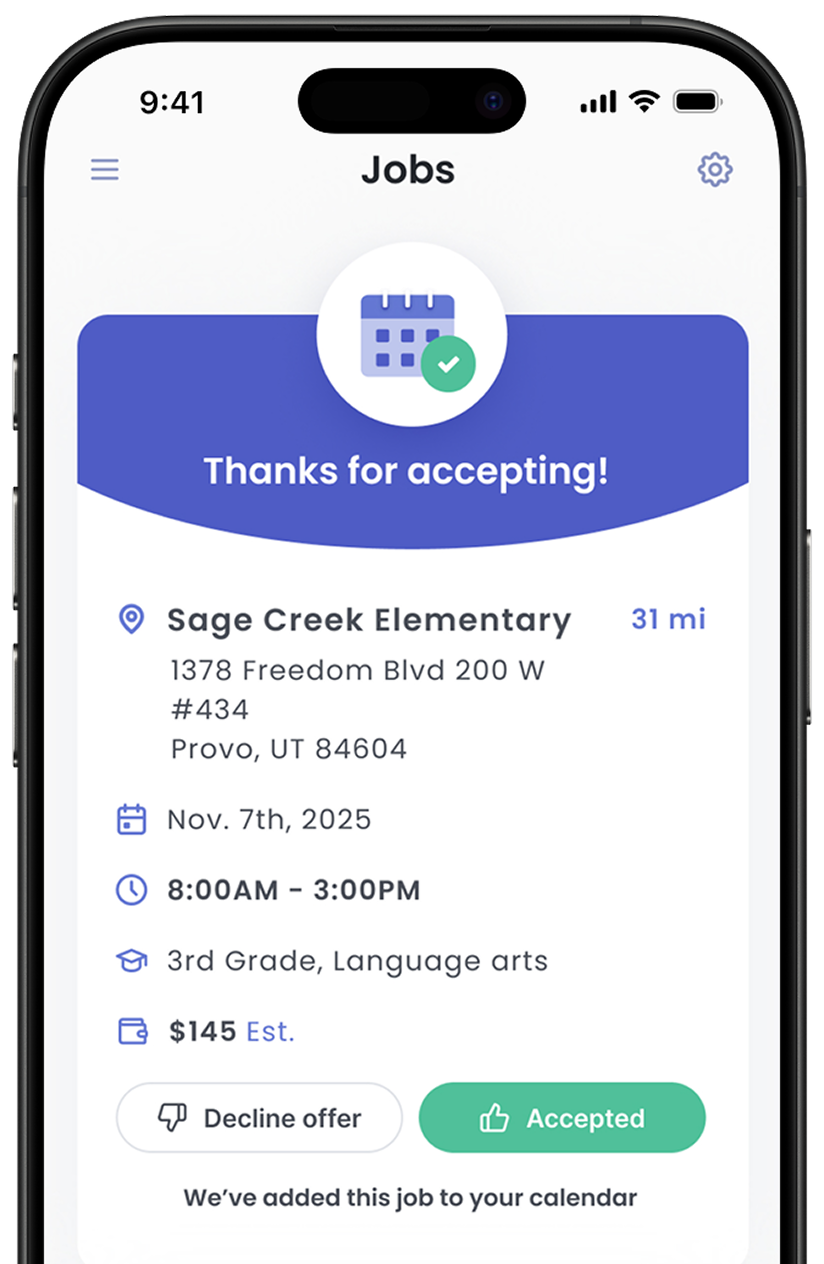What is a 504 Plan?
Students who do not qualify for special education services but who have any learning obstacles or needs can be placed on a 504 plan. It receives its name from Section 504 of the Rehabilitation Act of 1973, a civil rights (not education) law that protects students' equal access to education.
504 plans ensure that students with disabilities have their educational needs met to the same degree as their nondisabled peers even when there isn't a need (or eligibility) for special services.
How is a 504 plan different than a special education IEP?
In many ways, a 504 plan seems similar to a special education IEP. A 504 plan is tailored to a specific student's needs, provides accommodations to support learning, and must be followed by law.
However, there are many important differences. 504 plans
- have much broader guidelines
- do not require any eligibility testing
- do not require performance goals
- do not provide any specialized instruction
Under Section 504's broad guidelines, an individual is considered to have a disability for any mental or physical impairment that substantially limits one or more life activities. Life activities can include things such as eating, sleeping, caring for oneself, concentrating, and communicating. Therefore, a great many learning barriers that aren't covered by special education laws can fall within the scope of Section 504.
Do substitutes work with students on 504 plans?
Yes! Students with 504 plans attend regular classes, and just like special education students, you likely won't know which students have plans without a note from the teacher or unless significant challenges become apparent. The teacher should leave a note if there are any accommodations that you need to provide, such as allowing a specific student extra time on an assignment, giving a student additional behavior reminders, or allowing a student to visit the school counselor.
Are there specific teaching strategies for students on 504 plans?
No, there aren't any teaching strategies that generally apply to students on 504 plans. You just need to follow any teacher notes about accommodations, which may be different for each student on a plan.
With that said, there are special education strategies that are helpful to ALL students, including those on 504 plans and even those who don't have any unique needs. Check out the Special Education Teaching Strategies resource page for more information!
What are some common accommodations that I might provide to students?
Although individual plans differ, some of the most common 504 plan accommodations include
- preferential seating
- printed lesson notes
- extra time to complete assignments
- moving to a quiet area to work
- alternative formats for assessments
- extra behavior or task reminders
- completing a daily planner/agenda
- peer tutoring or small group support
- visits to the school counselor
- assistive technology (speech-to-text, calculator)
- visual aids for instructions
Other accommodations are specific to student needs, such as those required to manage various medical conditions, mental/emotional health challenges, or physical limitations.
.png)




